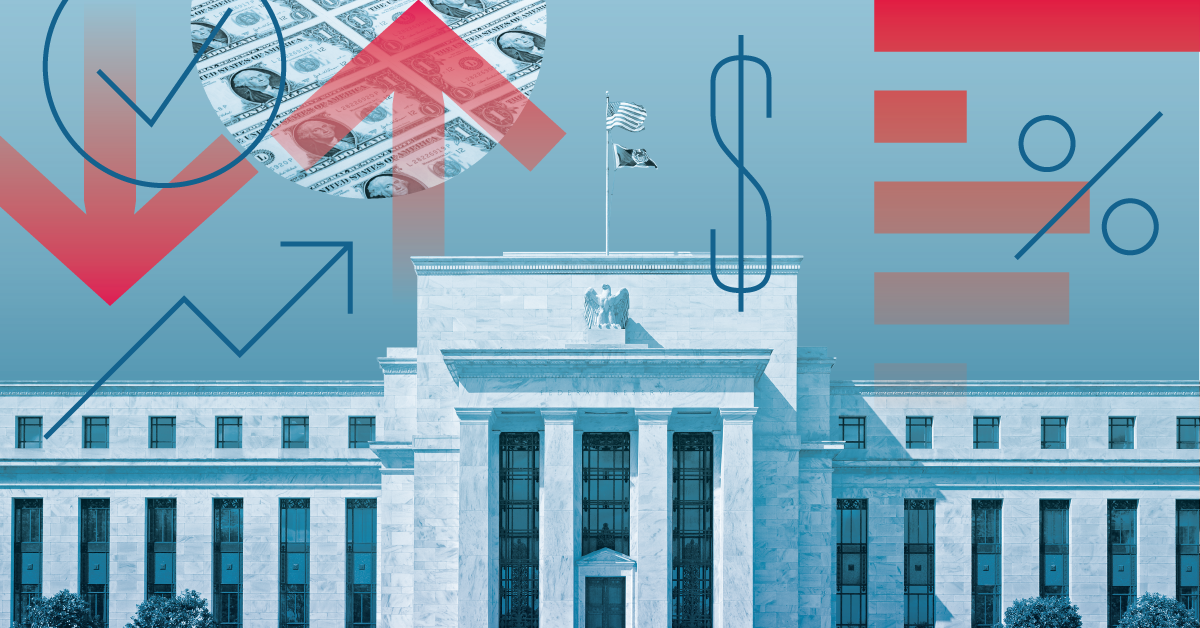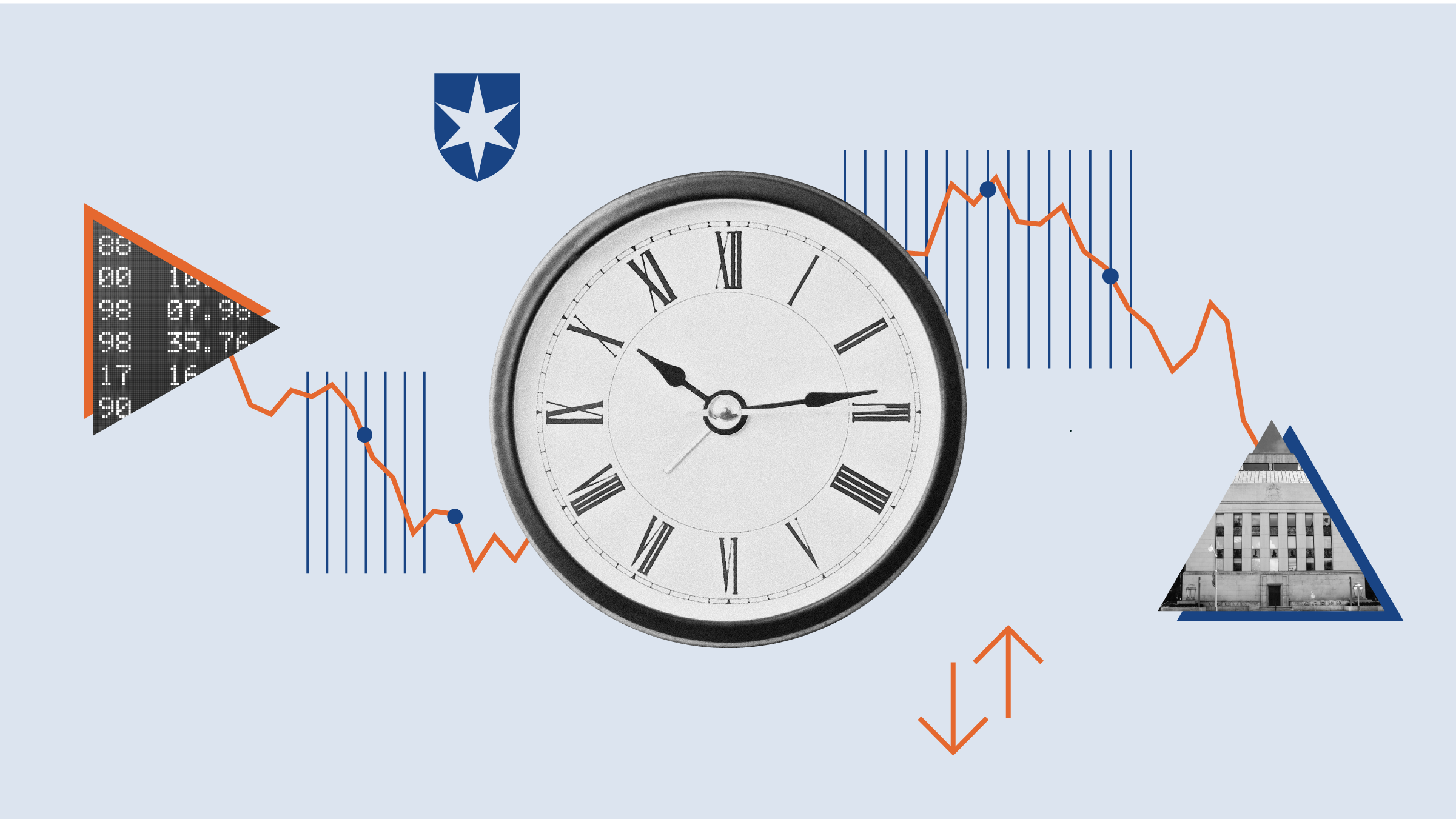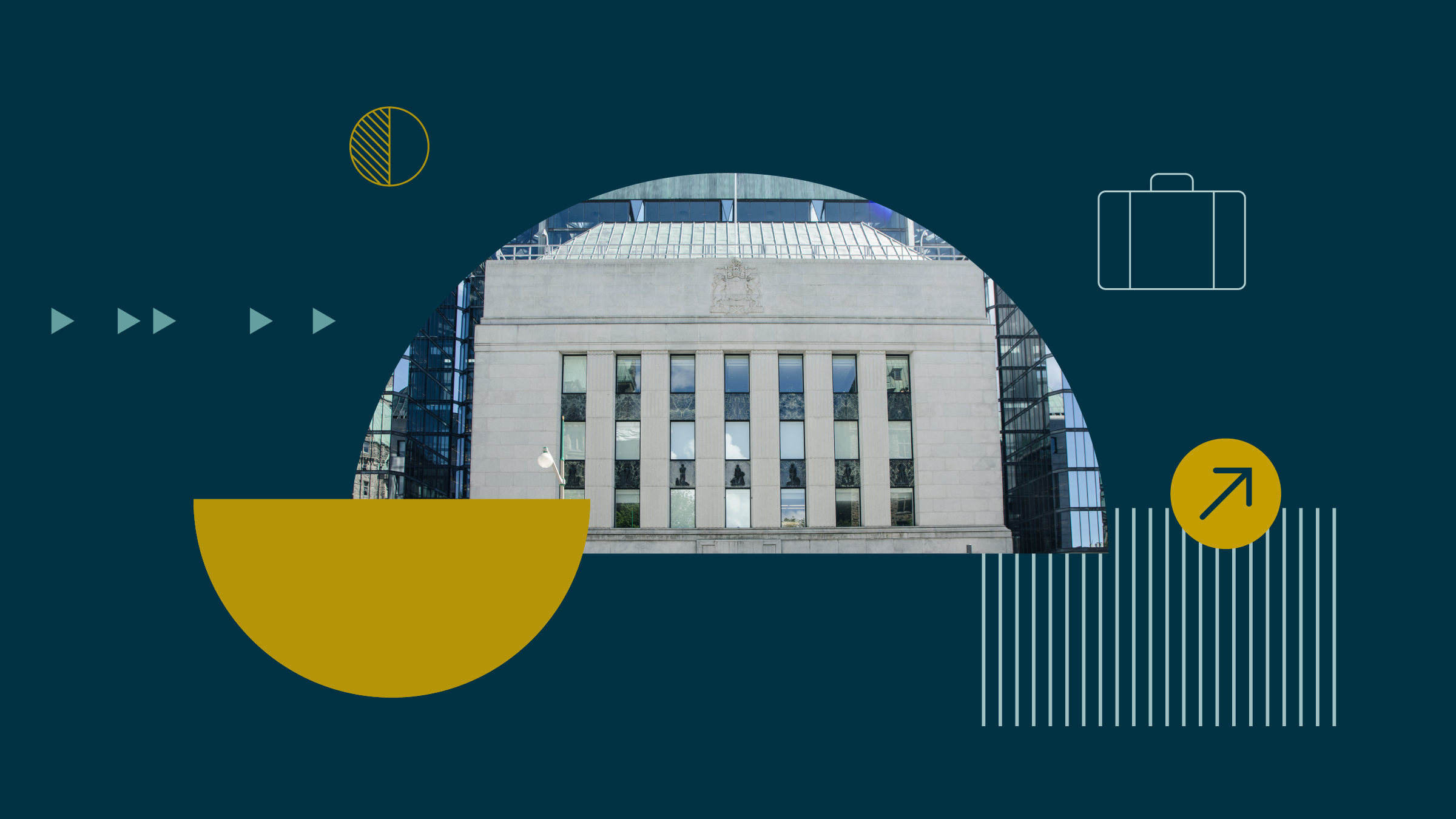
With its rate cut Wednesday, the Bank of Canada has shifted direction, a move that over time could ripple through the markets and provide Canadian consumers with some relief.
In a significant development for the Canadian economy, the Bank of Canada Wednesday lowered the overnight interest rate by 0.25 percentage point. That was the first rate cut in four years, becoming the first major central bank to begin its easing cycle. (The European Central Bank followed suit the next day.)
The central bank clipped the rate to 4.75% from 5%, the level at which it had remained since July 2023. The quarter-percentage-point decrease should provide some relief to Canadian borrowers, households and businesses alike.
The move marks a crucial turning point for the Canadian economy, which has been grappling with stubbornly high inflation and steepest interest rates in decades. The decision to cut rates was also influenced by a slowdown in economic growth, and weaker employment market.
While the immediate effect on monthly payments for mortgages, car loans, or lines of credit may not be substantial, the BoC move indicates the start of a monetary policy easing cycle which could lead to further interest rate cuts down the line.
At the very least, it can be seen as the federal government acknowledging that interest rates require some easing. This will lower borrowing costs for those with variable rate debt, homeowners looking to renew mortgage, as well as debt-laden governments.
In a release shortly after the rate cut announcement, the BoC noted it was reasonable to expect further cuts if inflation continues to ease. However, the central bank cautioned that lowering rates too quickly could jeopardize progress the economy has already made.
Rate cut catalysts
The cut clearly reflects the reality of a softening Canadian economy, as highlighted in the BoC statement. “Any reduction in rates is in response to a slowing economy, so that is something to watch cautiously,” notes Travis Shaw, senior vice president, public finance at Morningstar DBRS.
While the BoC remains concerned about the slump in domestic activity, it acknowledges that consumption remains strong and housing activity is ticking higher.
“The BoC is trying to ensure monetary policy isn’t too restrictive for too long, and still allows for growth in the economy, provided inflation continues to moderate toward the 2% target,” says Shaw.
What’s in it for investors?
Canadian investors have been waiting on a cut for some time. There are several ways that a lower interest rate can impact investors.
With interest rates being lowered, bond prices tend to rise, and yields decrease. Investors holding longer-term bonds may benefit from capital appreciation, but they may also face reinvestment risk if rates remain low for an extended period.
“As such, some rotation into Canadian bonds (vs foreign bonds) makes sense but also possibly some Canadian equities into Canadian bonds,” asserts Sadiq Adatia, chief investment officer at BMO Global Asset Management.
He suggests “adjusting your duration (by increasing it) to benefit from the upside of cutting rates.”
Investors may also explore alternative fixed income strategies, such as high-yield bonds or floating-rate securities, to boost yield or mitigate interest rate risk.
On the other hand, lower interest rates can be supportive of equity markets. It can help companies by lowering their borrowing costs, which can make stocks more valuable because it makes future profits worth more now.
The TSX may get a boost, particularly in sectors sensitive to interest rates, such as housing and consumer discretionary.
Nevertheless, “I would not yet change the geographic allocations of equities as that is more tied to the health of the economy and at the moment U.S. is preferred versus Canada,” Adatia contends, pointing to the current economic reality of Canada and its neighbour to the south.
Overall, the interest rate cut by the BoC may present opportunities for investors, but it's crucial to evaluate the broader economic environment, consider the potential implications for different asset classes, and keep investment strategies closely tied to your long-term financial goals while managing risks effectively.
Revitalizing real estate
The impact of the cut on the Canadian housing market may not be immediately visible. Over time it could provide a new lease of life to the sluggish real estate market, especially if more rate cuts follow soon.
For the past two years, the Canadian real estate market has been stagnant. Potential homebuyers faced mortgage challenges, while sellers remained on the sidelines spooked by market uncertainty. BoC’s decision to somewhat loosen borrowing restrictions could boost real estate activity and invigorate overall economic growth.
However, there is concern that the market may read too much into the Bank of Canada's easing monetary policy.
“A 25-bps reduction in the policy rate won’t make a huge change overnight, but there is a risk that the housing market interprets this as a signal of further rate cuts to come and sparks an acceleration in housing market activity,” Shaw cautions.
When Will the BoC Cut Rates Again?
The question on many a Canadian consumer’s mind is: when is the next rate cut?
The Bank of Canada tried to temper expectations stressing that while interest rates might see additional cuts, they are unlikely to reach pre-pandemic levels.
“The BoC’s statement was generally balanced, although perhaps opening the door slightly to a somewhat faster easing cycle than the market had expected going into the meeting,” says Dustin Reid, chief strategist, Fixed Income at Mackenzie Investments. Bank of Canada Governor Tiff Macklem hasn’t closed the door on further cuts provided inflation showed continued signs of abating, but added the pace of reductions would likely be gradual.
“If inflation continues to ease, and our confidence that inflation is headed sustainably to the 2% target continues to increase, it is reasonable to expect further cuts,” he said at a press conference.
Shaw says the BoC’s decisions remain highly data dependent and that there will be two further CPI releases before the next rate announcement on July 24. “At this point, I don’t expect a string of multiple rate cuts in succession, but certainly another cut in July is possible, perhaps before taking a pause thereafter,” Shaw notes.





.jpg)













